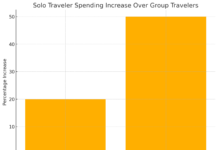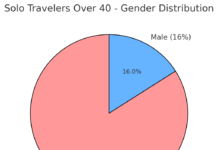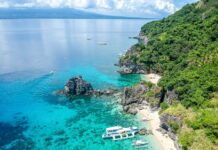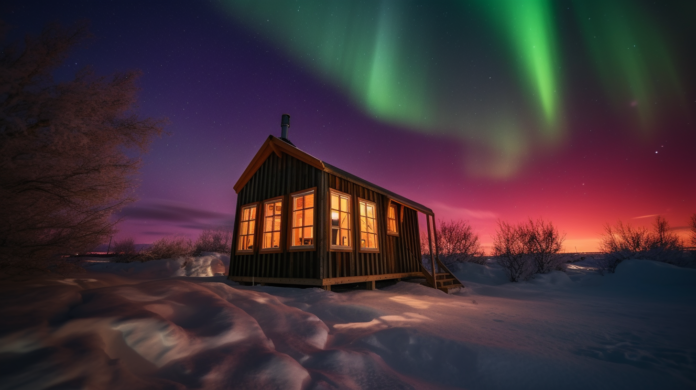
Winter, a season of enchantment and adventure, presents a unique opportunity to explore some of the world’s most breathtaking destinations. From the pristine snowy landscapes to the cozy, festive atmospheres, winter travel offers an array of experiences that cater to both thrill-seekers and those in search of tranquility.
1: The Northern Lights in Iceland The ethereal Northern Lights, or Aurora Borealis, are a spectacle of nature best witnessed in the Icelandic winter. Prime viewing spots like Thingvellir National Park offer an unobstructed view of this celestial dance. Beyond the Northern Lights, Iceland is a haven of geothermal spas, stunning glaciers, and rugged landscapes waiting to be explored.
2: The Swiss Alps For winter sports enthusiasts, the Swiss Alps are a dream destination. Renowned for world-class skiing and snowboarding, the region is also home to picturesque villages where one can indulge in traditional Swiss cuisine. The Alps’ breathtaking scenery and vibrant winter culture make it a must-visit destination.
3: New York City, USA Winter in New York City is nothing short of magical. The city buzzes with festive events, Christmas markets, and iconic sights like the Rockefeller Center Christmas Tree. From ice skating in Central Park to Broadway shows, NYC in winter is a blend of tradition and modernity.
4: Kyoto, Japan Kyoto, draped in winter’s embrace, offers a serene and traditional Japanese experience. The city’s historic temples and gardens, dusted with snow, present a peaceful retreat. Winter in Kyoto is a time for introspection and enjoying the quieter side of this culturally rich city.
5: Banff National Park, Canada Banff National Park transforms into a winter wonderland, offering stunning vistas of snow-covered mountains and frozen lakes. It’s a paradise for those seeking outdoor adventures like snowshoeing, skiing, or simply enjoying the serene beauty of Canadian winters.
Travel Tips for Winter Travelling in winter requires preparation. Packing essentials like warm clothing and weather-appropriate gear is crucial. It’s also important to stay informed about weather conditions and prioritize health and safety while exploring.
Conclusion These five destinations offer diverse and enriching experiences for winter travelers. From the natural wonders of Iceland and Canada to the cultural richness of Japan and the festive spirit of New York, each destination promises unforgettable memories.
FAQs
- What’s the best way to view the Northern Lights in Iceland? The best way to view the Northern Lights in Iceland is by venturing away from city lights to areas with clear, dark skies. Guided tours are available, which take you to optimal viewing locations. The peak season for Northern Lights is from September to April, with longer nights offering better chances. It’s also advisable to check the aurora forecast and plan for multiple viewing opportunities, as auroral displays are unpredictable.
- Are the Swiss Alps suitable for beginner skiers?Absolutely! The Swiss Alps cater to skiers of all skill levels. Many resorts offer beginner-friendly slopes and ski schools with professional instructors. Destinations like Zermatt and St. Moritz have gentle terrain ideal for novices. Additionally, these resorts provide rental equipment and practice areas to ensure a safe and enjoyable skiing experience for beginners.
- What are some must-see attractions in New York during winter?New York City in winter is filled with attractions. Must-sees include the Rockefeller Center for its iconic Christmas tree and ice-skating rink, Bryant Park Winter Village, and the holiday window displays along Fifth Avenue. For a cultural experience, visit the Metropolitan Museum of Art or catch a Broadway show. Don’t miss Central Park, especially after a fresh snowfall, for a picturesque winter walk.
- How is the winter experience in Kyoto different from other seasons?Winter in Kyoto is marked by a serene and solemn beauty, contrasting with the city’s vibrant cherry blossom season. The snow-covered Zen gardens and temples offer a tranquil and introspective ambiance. Traditional events like Kyoto’s Hanatouro illumination and hot spring baths in the surrounding areas add to the unique winter experience. The crowds are smaller, allowing for a more peaceful exploration of the the city’s cultural heritate.
- What kind of wildlife can I expect to see in Banff National Park during winter?Winter in Banff National Park offers opportunities to see a range of wildlife adapted to the snowy environment. Common sightings include elk, deer, and bighorn sheep. You might also spot wolves, coyotes, and, if you’re lucky, the elusive Canadian lynx. The park’s birdlife, such as the Clark’s nutcracker and the majestic bald eagle, is also active during winter. Always remember to keep a safe distance and respect the natural habitat of these wild animals.
- What are some essential packing tips for winter travel?Key packing tips for winter travel include layering clothing for warmth and versatility. Thermal underwear, insulated jackets, waterproof outerwear, and moisture-wicking fabrics are essential. Don’t forget accessories like gloves, hats, scarves, and waterproof boots. Pack a high-SPF sunscreen and lip balm to protect against sunburn and chapping, which can occur even in cold weather.
- Is it necessary to rent a car for exploring these winter destinations?This depends on the destination. In Iceland and Banff, a rental car can provide flexibility, especially for remote areas. However, in cities like New York and Kyoto, public transportation is efficient and often more convenient. In the Swiss Alps, the public transportation system, including trains and cable cars, is excellent and offers scenic routes through the mountains.

























